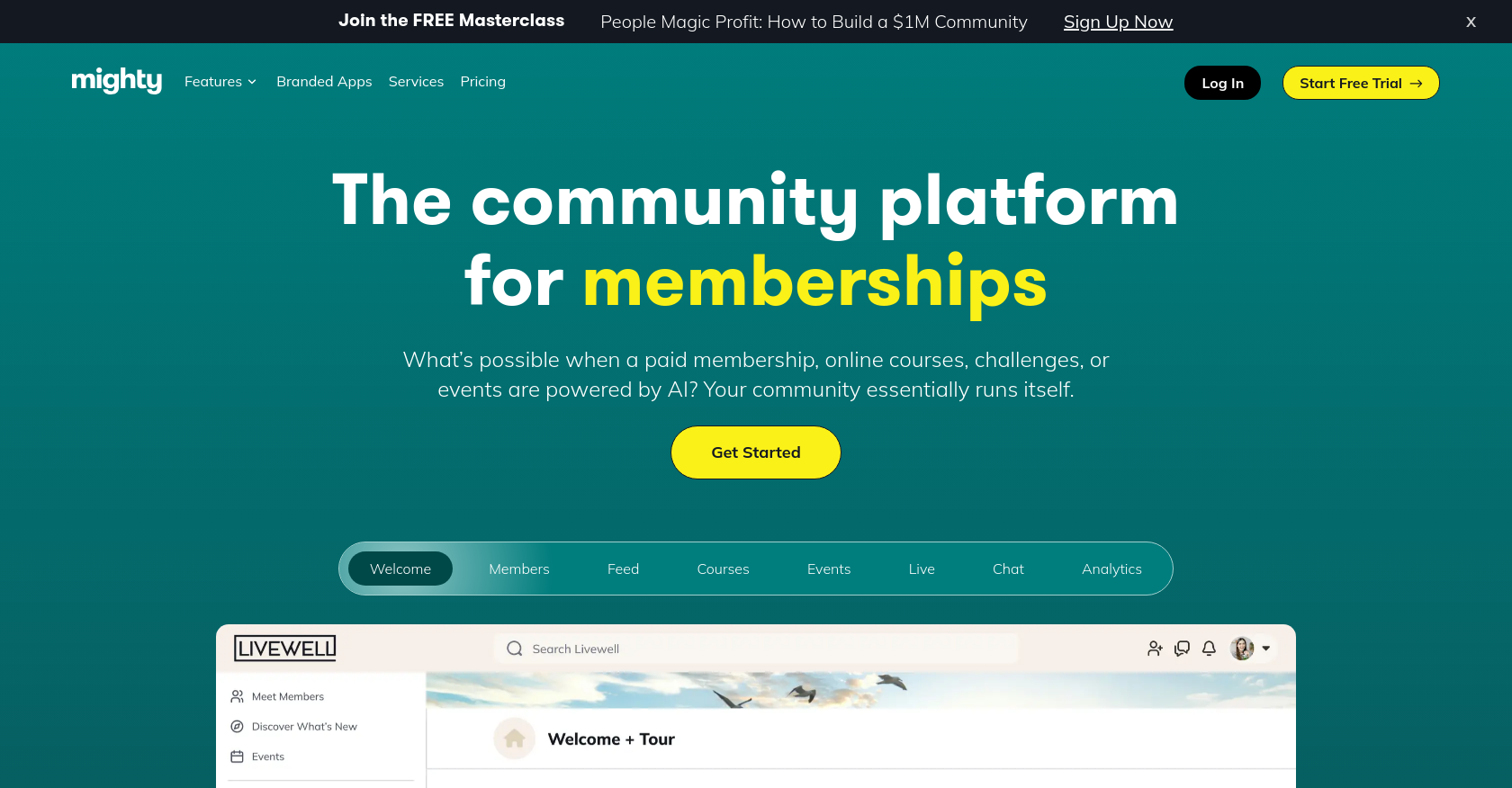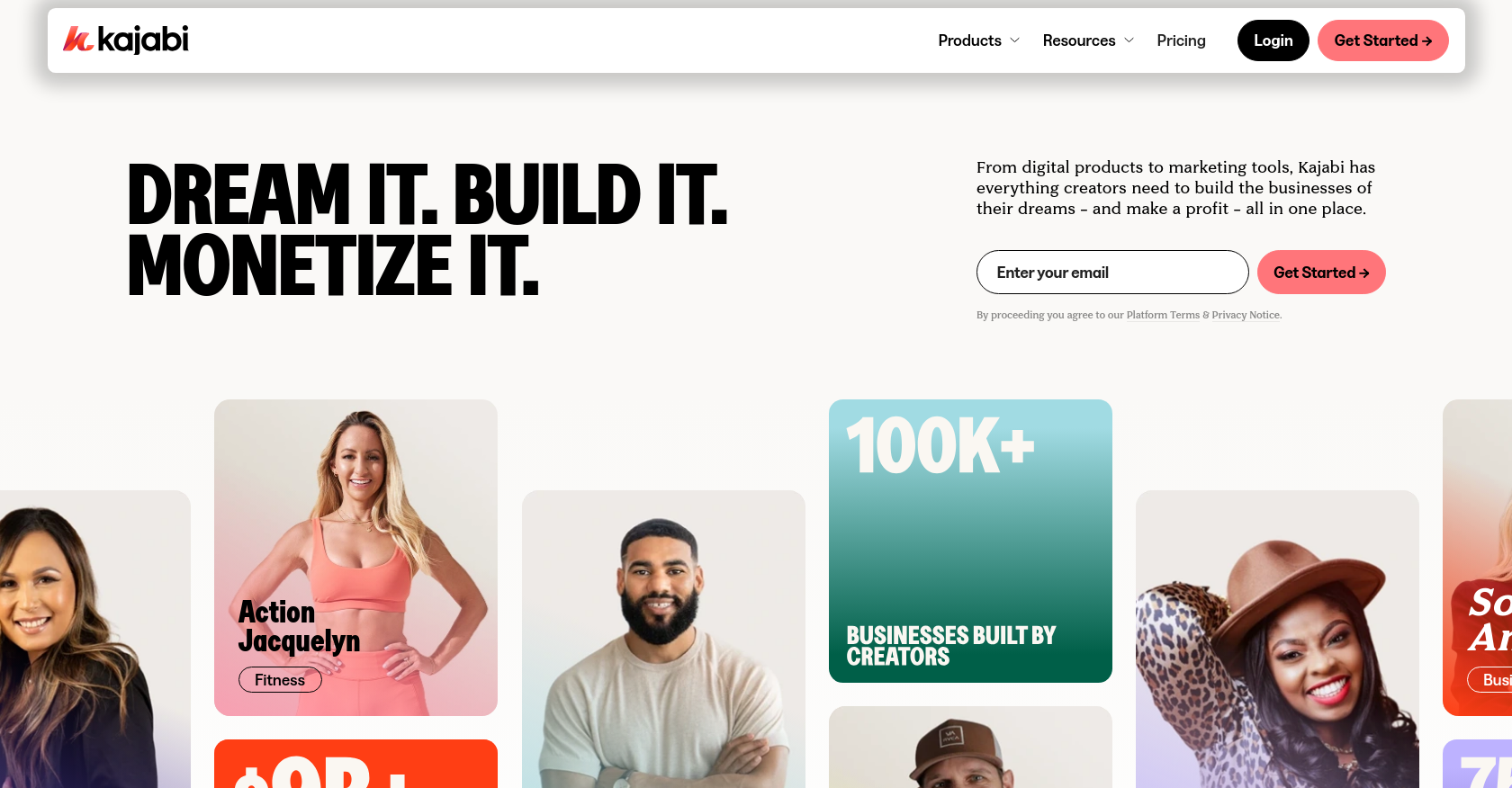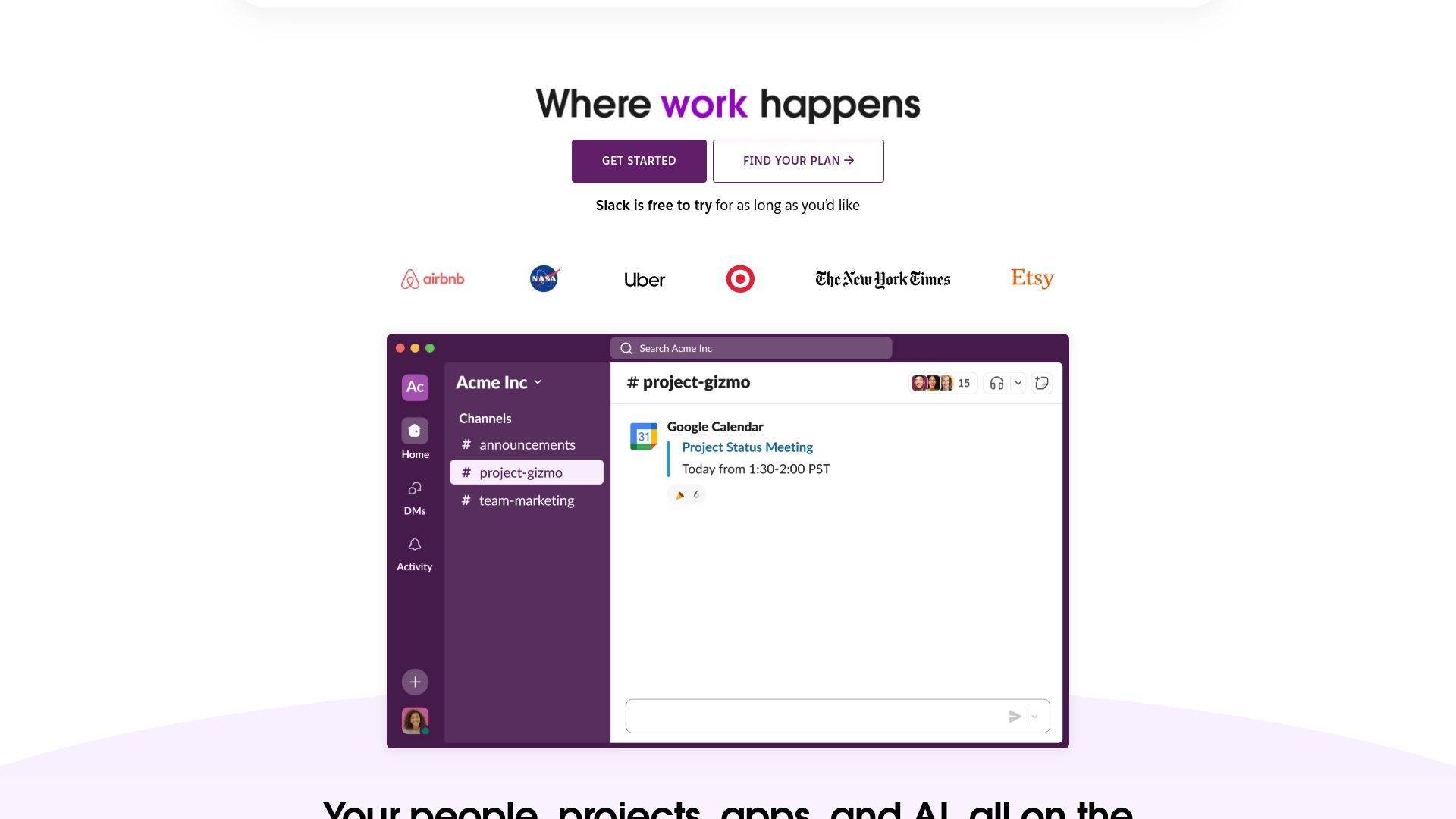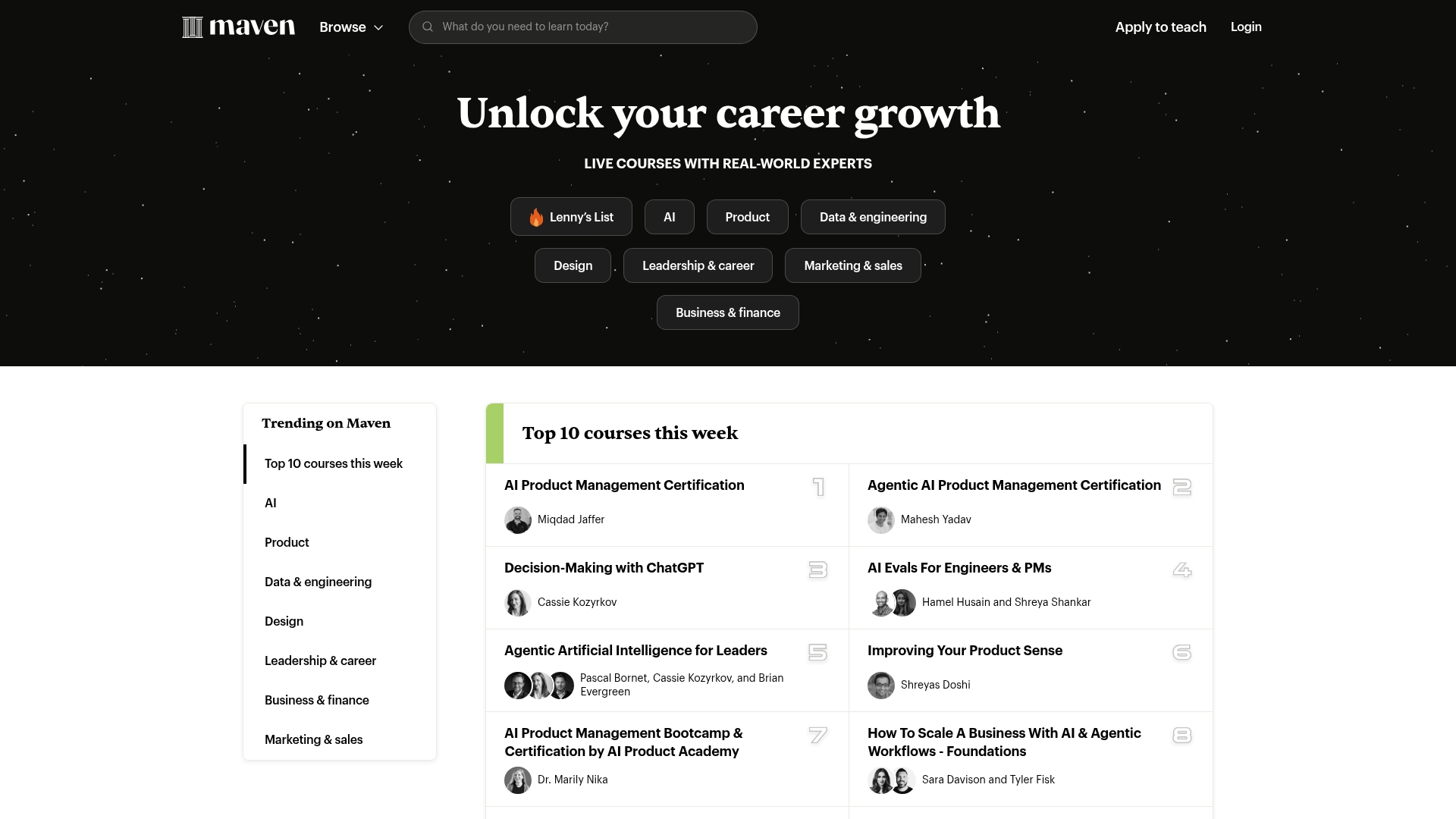7 Best GroupApp Alternatives for Cohort-Based Training Businesses (2026)

TL;DR
- What it enables: Cohort-based training creates shared timelines and accountability for collaborative professional development and skill-building programs.
- What it includes: Interactive events, structured milestones, real-time communication systems, and both synchronous and asynchronous learning formats.
- Key elements: Community engagement tools, AI-driven automation, flexible branding options, robust analytics, and seamless third-party integrations.
- Top alternatives for 2026 include: Disco, Circle, Mighty Networks, Kajabi, Teachfloor, Slack, and Maven platforms.
- Why it matters: AI-powered platforms streamline operations while enabling personalized, scalable learning experiences that drive measurable outcomes.
Understand Cohort-Based Training
Cohort-based learning aligns learners to shared timelines, creating a sense of momentum and accountability.
Programs often include interactive events, structured milestones, and systems for real-time communication to keep participants connected and engaged.
This format works well for professional development, skill-building, or project-based learning where collaboration and peer feedback add value.
Key Factors for Selecting a Replacement
When transitioning to a new learning platform, it’s important to think beyond features and focus on creating a space that enhances collaboration, simplifies operations, and reflects your brand. Here’s what to prioritize:
Community engagement should come first. Look for tools that enable learners to connect in meaningful ways—whether through live sessions, dedicated channels, or ongoing discussions. A platform that supports both synchronous and asynchronous collaboration can create a dynamic, interactive environment where ideas and learning thrive.
Next, consider how automation can lighten the load. Platforms with AI-driven tools or workflow automation can handle routine tasks like scheduling, sending reminders, or organizing materials. This frees up time for you to focus on designing impactful experiences, rather than being buried in administrative work.
Finally, ensure your platform supports your growth and identity. Flexible branding options allow you to create a seamless, custom experience that matches your organization’s unique voice. Add to this robust payment gateways and analytics to monitor outcomes, and you’ll have the tools to foster success at scale.
Key Considerations for Choosing a GroupApp Alternative
When evaluating alternatives to GroupApp, it's essential to focus on platforms that offer robust community-based learning, AI-driven efficiency, and tools for engagement. Below is a summary of GroupApp's strengths, its limitations, and what to prioritize when selecting an alternative.
| GroupApp Advantages | GroupApp Limitations | Features to Look For When Considering GroupApp Alternatives |
|---|---|---|
| Effective for community-based learning | Limited advanced AI tools for automation | AI-supported content creation and automation |
| Strong engagement tools like discussion posts | Lacks scalability for larger organizations | Scalability for growing communities |
| Intuitive curriculum builder | No deep analytics for learner insights | Advanced analytics and learner progress tracking |
| Flexible payment and subscription options | Basic event management features | Comprehensive event scheduling and live session tools |
| Customizable learning paths | Limited integrations with external platforms | Seamless integrations with external tools like Slack or Zoom |
1. Disco

Every training business needs a platform that simplifies complexity without compromising quality. With Disco, you have a system that brings AI, learning, and community into one seamless experience. Designed to help organizations create, manage, and scale their educational programs, Disco transforms fragmented processes into a single, cohesive workflow—saving time and amplifying impact.
Key Features
-
AI-Assisted Curriculum Design: Imagine having an expert collaborator that helps shape your courses from start to finish. Disco’s AI tools streamline the process, generating content frameworks, learning paths, and assessments in moments. This means more time for creativity and less focus on logistics.
-
Integrated Community and Collaboration Tools: Learning thrives when people connect. With features like channels, live events, and direct messaging, Disco creates a space where learners engage meaningfully. Whether discussions happen in real time or asynchronously, the platform powers the interactions that drive deeper understanding.
-
White-Labeled Experience: Your brand isn’t just a logo—it’s an identity. Disco offers full customization options, allowing you to craft a learning environment that feels like an extension of your organization. From custom URLs to tailored visuals, every detail reflects your unique voice.
-
Data and Automation: Operational efficiency fuels growth. Disco’s automations handle repetitive tasks like reminders and certificates while providing insights into learner engagement. With robust analytics at your fingertips, you can fine-tune your programs to deliver measurable results.
2. Circle
Circle is a platform designed to bring people together through community-focused tools, making it a versatile option for cohort-based learning programs. With its space-based structure, Circle fosters an environment where discussions, events, and collaboration feel natural and organized.
Key Features
-
Space-Based Structure: Circle’s architecture allows you to create distinct areas for different groups or topics. Whether it’s cohort subgroups, dedicated discussions, or resource hubs, the platform keeps everything organized and easy to navigate.
-
Engagement-Driven Tools: From live-streaming and polls to event scheduling, Circle makes it simple to keep learners engaged and connected. These features are particularly effective for programs that combine real-time interaction with flexible, asynchronous participation.
-
Course Hosting Capabilities: Circle includes basic course tools for delivering content, but it’s not optimized for programs requiring advanced learner tracking or complex assessment features. For those needs, additional tools might be necessary.
-
Seamless Integrations: Circle connects easily with third-party platforms like payment gateways or email tools, allowing you to streamline workflows and manage operations without hassle. It’s a practical choice for organizations looking to build community while maintaining operational efficiency.
3. Mighty Networks

Mighty Networks positions itself as a platform that brings community and learning together under one roof. By combining social interaction with course tools, it creates a dynamic environment where learners can connect, engage, and grow. Its focus on flexibility—both in how content is delivered and how it’s monetized—makes it a compelling option for training businesses looking to build branded learning communities.
Key Features
-
Built Around Connection: Mighty Networks creates spaces for learners to interact through social feeds, private groups, and live events. This emphasis on community-driven engagement helps learners feel more involved and invested in their growth.
-
Adaptable Revenue Models: Whether you’re offering memberships or individual courses, the platform supports several payment options, including one-time purchases and recurring subscriptions. This flexibility helps training businesses diversify their offerings and reach more learners.
-
Mobile-Ready Access: With dedicated apps for iOS and Android, Mighty Networks ensures learners can participate whenever and wherever they prefer. Notifications, updates, and course progress are all easily accessible from their phones, meeting the needs of modern, on-the-go audiences.
-
Learning Tools with Limitations: While the platform includes features like courses and challenges, its teaching tools are less advanced compared to platforms like Disco. For tasks like designing assessments or tracking deeper learning outcomes, additional tools may be necessary.
4. Kajabi

Kajabi offers a streamlined way for creators to package their expertise into profitable digital products. With a focus on simplicity and integration, it combines course hosting, marketing tools, and payment systems into one cohesive platform.
Key Features
-
Integrated Toolset for Creators: Kajabi brings together everything needed to build and scale an online learning business. From course creation to newsletters, podcasts, and coaching programs, its tools are designed to help creators focus on delivering value while reducing operational complexity.
-
Revenue Flexibility through Payments and Affiliates: With built-in payment processing and affiliate management, Kajabi makes it easier to create multiple income streams. Whether offering subscriptions, memberships, or one-time purchases, the platform simplifies financial operations for creators looking to grow their reach.
-
Community Features with Room to Grow: While Kajabi does include essential features to foster group interaction, such as live video calls and discussion spaces, its community tools may lack the depth needed for highly interactive, cohort-driven programs. For organizations prioritizing social learning, other platforms like Disco provide a more robust suite of community-centered tools.
-
Actionable Analytics: Kajabi’s analytics provide clear, actionable data on key metrics like funnel performance and membership engagement. This focus on clarity helps businesses identify what’s working and optimize their offerings for better outcomes.
5. Teachfloor

Teachfloor is a platform designed to support collaborative and structured learning journeys. It’s built for organizations that value interactive, peer-driven education, offering tools that balance live engagement with flexible, self-paced options.
Key Features
-
Structured Courses with Live Sessions
Teachfloor provides a framework for time-bound programs, complete with live classrooms, activity milestones, and integrated calendars. This setup ensures that learners can move through content with clear direction and accountability. -
Peer Learning and Collaboration
With features like group assignments, peer reviews, and discussion boards, Teachfloor fosters meaningful interaction among learners. These tools encourage collaboration and create opportunities for learners to both share knowledge and grow together. -
Flexible Customization
From custom domains to multilingual support, Teachfloor offers tools to tailor learning environments to an organization’s identity. While the level of customization is robust, navigating some of the technical aspects may require additional onboarding for newcomers. -
Synchronous and Asynchronous Blending
For organizations seeking a mix of live and pre-recorded content, Teachfloor makes it easy to combine both formats. This flexibility allows learners to engage in real-time while maintaining the ability to revisit materials on their own schedules.
6. Slack

Slack excels as a communication hub, offering a familiar and streamlined way to keep teams and cohorts connected. By combining instant messaging with a channel-based structure, Slack creates a dynamic space that fosters collaboration, whether for focused discussions or broad program updates.
Key Features
-
Designed for Conversation: Slack’s channel-based setup organizes communication into clear, purpose-driven spaces. It’s perfect for creating dedicated channels for specific cohorts, topics, or learning tasks, ensuring that discussions remain organized and easy to navigate.
-
Seamless App Integration: With thousands of integrations, ranging from Google Drive to Office 365, Slack weaves tools into its interface to simplify workflows. The platform’s Workflow Builder is particularly effective for automating recurring tasks, like scheduling reminders or sharing key resources, helping teams stay aligned without extra effort.
-
Dynamic Collaboration Tools: Features such as Huddles for quick voice chats and Clips for sharing video updates provide flexibility for real-time or asynchronous communication. These options ensure that learning communities can stay connected, no matter the pace or style of interaction.
-
Not Built as a Learning Platform: While Slack thrives as a communication tool, it wasn’t designed to manage the broader needs of learning environments. Functions like payment processing, structured content delivery, or tracking learner progress require supplemental platforms. This makes Slack more suitable for smaller teams or networks prioritizing fast, efficient communication over comprehensive learning management.
7. Maven

Maven takes a focused approach to learning by offering live cohort-based courses designed to bring structure and shared accountability to professional development. With a strong emphasis on instructor-led sessions, Maven is built to deliver curated learning journeys that foster collaboration and engagement among participants.
Key Features
-
Live Cohort Courses: At the heart of Maven is a commitment to live, time-bound programs that prioritize real-time interaction. By anchoring learning to specific start and end dates, Maven helps participants stay aligned and build momentum within a shared timeline.
-
Streamlined Scheduling and Discussions: The platform simplifies course logistics with tools for event scheduling and integrated discussion threads, ensuring a seamless flow of communication. Learners can easily connect with peers and instructors, making the experience both interactive and supportive.
-
Progress Monitoring: Maven offers tools to track learner progression, giving instructors visibility into performance and areas where additional guidance may be needed. While effective for managing cohorts, the platform’s customization options remain relatively limited compared to more feature-rich solutions.
-
Commission-Based Pricing: Maven’s revenue model relies on commissions, which may suit smaller-scale programs but could pose challenges for organizations running higher-frequency or high-volume courses.
Next Steps
AI isn’t just transforming learning—it’s empowering training businesses to create experiences as unique and dynamic as the learners they serve. To start, focus on what matters most to your organization. Are you looking for tools that elevate your branding? Do you need advanced analytics to measure impact? Or is it time to streamline course creation and delivery with AI-driven efficiencies? Being clear on your priorities is the first step toward choosing the right platform.
Next, evaluate how well a platform supports your ability to build connections and drive engagement. Does it encourage collaboration through community features and flexible communication tools? Does it support both live and asynchronous learning in a way that feels seamless? And finally, does it simplify monetization with options like memberships or subscriptions? Testing a platform through free trials or demos gives you a feel for how intuitive it is—how easily it integrates AI tools, and how quickly you can start building programs.
Disco makes it easy to explore these possibilities. With AI-powered features that save time and simplify learning design, it’s built to help you scale and deliver exceptional educational experiences. Book a demo now and see how Disco can transform your programs into beautifully branded, highly engaging learning environments.










